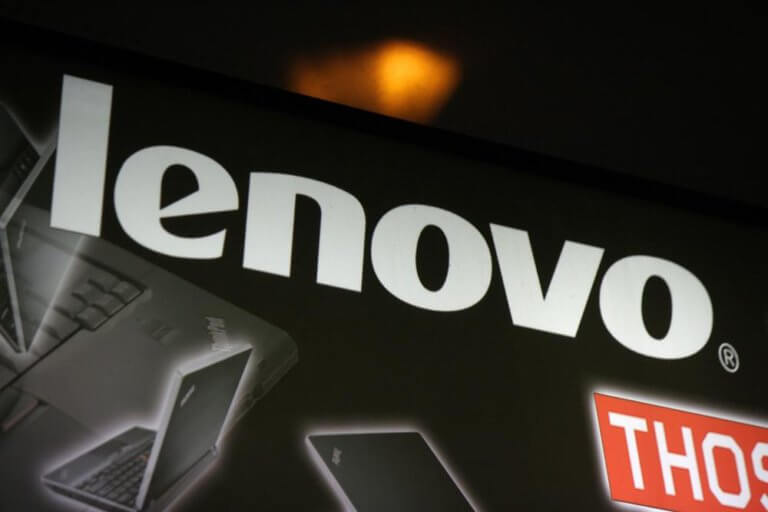We are only just about the fourth month into 2022 and we have a war breaking out, coronavirus continuing to plague the earth, and shaky markets – it’s not looking great, both as a species and as an investor.
Still, the markets are perhaps yet to top some of the craziness of 2020-21, with the rise of meme stocks, NFTs, and social trading. The pandemic was actually an accelerator of tech stocks, which is understandable, because it pushed us towards working and entertaining ourselves online.
So, if we accept the pandemic appears to be winding down, that may take some of the legs away from tech stocks. But more than that, the incredibly high inflation rate is causing a bit of panic – panic which seems to be causing a sell-off of high-risk assets, of which tech stocks are very much the center of that.
Liquidity in times of crisis
As a result of the current invasion of Ukraine, along with the selling off of high-risk assets, commodity prices are soaring. It’s understandable to see how some commodities, which are being directly sanctioned or indirectly threatened are rising, but commodities more generally are conducive to the idea of a defensive repositioning.
Furthermore, commodities like gold are a little closer to being a currency, and liquidity is exactly what we want in a time of potential crisis – not least if you’re a Russian citizen right now.
Another way to stay solvent during a potential economic crisis is to ensure some income. Cash is king, at the end of the day, and you can’t pay your rent in securities. In fact, selling off stocks or funds during a time of crisis is precisely what loses people money, because they’re selling their portfolio during a temporarily bad price.
Besides the obvious advice to have a healthy emergency fund for a cash buffer, we can also adapt our portfolio to generate income. Things like real estate are a little costly, inflexible, and potentially illiquid, so dividend stocks seem like a natural choice.
There’s a solid argument to make that, the income you receive from dividend stocks is merely factored into their price anyway (i.e. they have slower growth, generally) – so you’re not getting anything for “free” per se. But, that’s not the argument in favor of them anyway, it’s that we need income during those moments of a market downturn.
Plus, dividend stocks are often popular among value investors because they’re less risky and therefore less likely to be overpriced. Value investing, intuitively, feels like a winner during a selling-off period of high-risk assets.
How to choose the right dividend stocks
Firstly, before deciding on the right stock, it’s important to know the limitations of dividend stocks as mentioned before. During vast periods of growth, dividends + the equity won’t necessarily outperform other stocks that don’t pay dividends – it somewhat works out to be equal. The advantage of non-dividend stocks is that you simply get more choice over when to sell and liquidate, as opposed to fixed dividend payments. However, during times of crisis, receiving income without selling off our underpriced stock is ideal.
This is important to clarify because an important factor in your choice of stock is the likelihood that it will pay out during a market downturn. One way to gauge this is simply to look at how many years it’s been without the dividend payout falling – some boast many years, which gives an investor a lot of confidence. This will increase your chances of being paid during a recession.
Of course, how much you’re being paid is important, and how much this dividend grows by. Dividend yields differ between industries, but considering the FTSE 100 has an aggregate dividend yield of 4.2%, anything above this is pretty good. As for the dividend yield, this is a percentage of the annualized dividend relative to the stock price. Whilst a high yield may be great, be careful because it may also be because of a recent fall in the stock price – perhaps triggered by an anticipated fall in dividends.
What exact stocks you choose will depend on your portfolio strategy too – but here’s the dividend kings list for some inspiration. For example, if it’s a dividend-focused portfolio, your choices may differ from a portfolio that’s just looking for some dividend diversification. In the latter, you’re going to be more focused on firms that are recession-proof with a solid dividend history and great value, whilst if you’re filling the whole portfolio up with them, you want a wide range from different industries and countries – including developing ones, perhaps.
The dividend payout ratio will reflect the dividend as a percentage of the company’s earnings. Don’t be fooled into thinking higher is better because it’s more generous – lower payout ratios generally reflect that they’re going to be more sustainable. If you’re using dividend stocks as a hedging/diversification tool, then lower payout ratios are more crucial here too.
As touched on with being cautious around ratios and yields, it’s clear that they do not tell the whole story. It’s therefore vital to perform some further research beyond purely a quantitative analysis of these metrics. Value investing techniques accompany dividend investing very well, but also perform some qualitative research on the market, economy, and customer sentiment.
This is because you never know when a war or pandemic will break out. On paper 10 days ago, many Russian companies may have been persuasive on their financials – but fast forward a week and their entire stock market is closed. Whilst we can be fooled into thinking the US market is perfectly safe, because it’s the strongest, geopolitics, natural disasters, and other events cannot be predicted.
Therefore, whilst the USD is looking to remain strong and US stocks have historically great growth, geographical diversification is still important. Canada, the UK, Australia, and many other countries are offering fantastic dividend yields too. If we’re looking to mitigate the dangers of a US-centered tech crash, or anything remotely similar, then Asia too could be a useful hedge.























